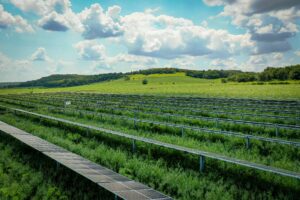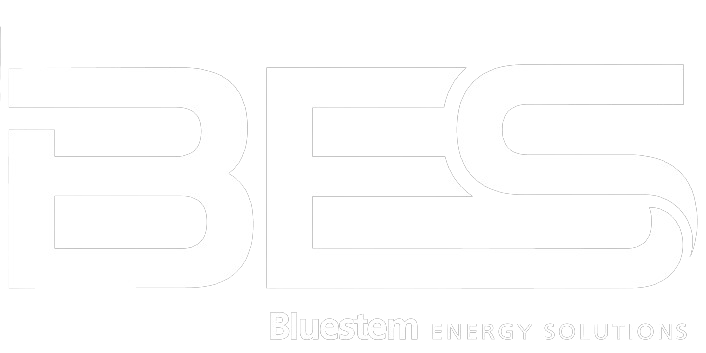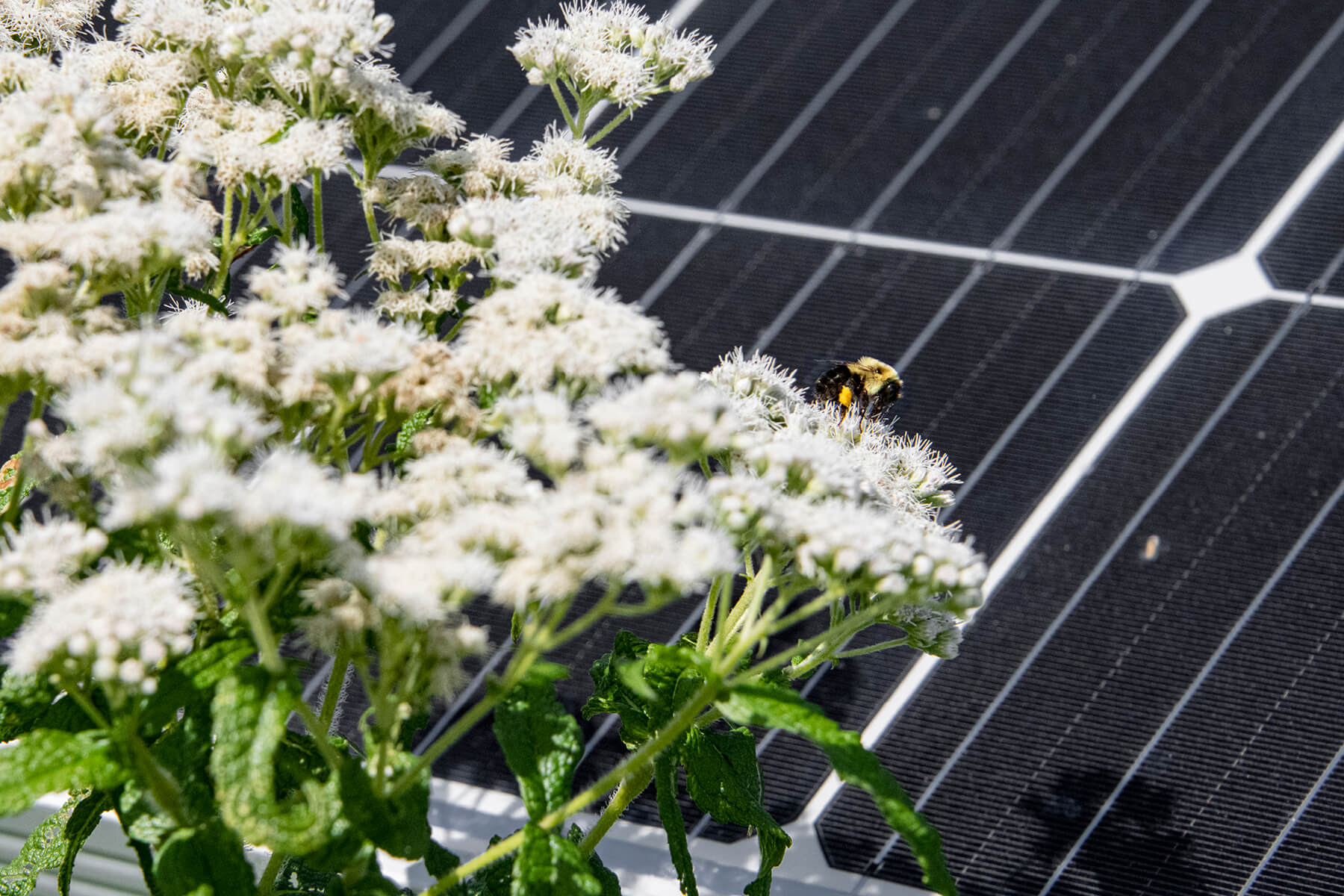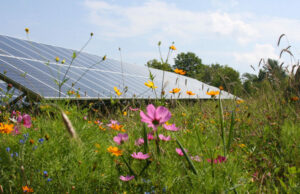
What is pollinator-friendly solar?
Pollinator-friendly solar is the careful practice of creating native habitats for bees and butterflies at solar sites. Instead of planting grass that needs mowing or covering the site in gravel, a mixture of native plants and wildflowers is planted to create a long-lasting habitat for pollinators.
Why is it so important?
Habitat loss is the biggest threat to the declining population of pollinators. The environment and our food supply depend on the health of pollinators. Creating a native pollinator-friendly habitat with every solar project is an important way solar developers can help rebuild these populations.
Native plant growth provides more than a habitat for pollinators. As opposed to grass or gravel, native plantings can:
- Boost the carbon storage potential of the soil by 65 percent.
- Reduce soil erosion.
- Increase groundwater stores.
- Keep weeds at bay, which can reduce the need for herbicide use.
How does it work?
Solar developers who aim to create pollinator-friendly habitats typically work with conservation specialists to select native vegetation. Good planting would see a variety of wildflower-rich groundcover under the solar arrays, with a range of pollen and nectar sources.
The seed mixes for Bluestem’s solar projects are specially designed for the local environment by Conservation Blueprint. We aim to select the appropriate native plants and understand how to prepare and establish long-lasting pollinator habitats at each one of our solar sites.
Native pollinator-friendly habitats have been sown at Bluestem’s recently completed solar projects, and we’re looking forward to seeing the growth next summer!
Want to learn more about the benefits of pollinator-friendly solar? Check out the Environmental and Energy Study Institute for more information!


